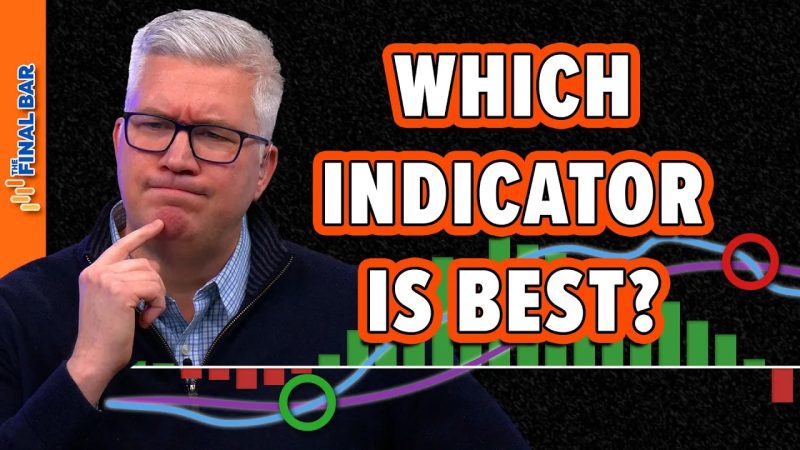
Battle of the Technical Indicators: MACD vs. PPO vs. PMO – Which Reigns Supreme?
Technical Indicator Showdown: MACD vs. PPO vs. PMO
Moving Average Convergence Divergence (MACD), Percentage Price Oscillator (PPO), and Price Momentum Oscillator (PMO) are three popular and powerful technical indicators used by traders and investors to analyze and make informed decisions about an asset’s price movements. While all three indicators fall under the category of oscillator indicators, each has its unique characteristics and strengths. In this article, we will delve into the nuances of MACD, PPO, and PMO, examining how they work and comparing their effectiveness in different market scenarios.
MACD, developed by Gerald Appel, is a trend-following momentum indicator that shows the relationship between two moving averages of an asset’s price. The MACD line is calculated by subtracting the 26-period Exponential Moving Average (EMA) from the 12-period EMA. Additionally, the signal line is a 9-period EMA of the MACD line. When the MACD line crosses above the signal line, it indicates a bullish signal, suggesting a potential uptrend. On the other hand, when the MACD line crosses below the signal line, it is considered a bearish signal, indicating a potential downtrend. Traders often use the MACD histogram to visualize the difference between the MACD line and the signal line.
The Percentage Price Oscillator (PPO) is similar to the MACD but calculates the difference between two EMAs as a percentage. Specifically, the PPO is calculated by subtracting the 26-period EMA from the 12-period EMA and then dividing the result by the 26-period EMA. Like the MACD, the PPO also generates signals through crossovers between the PPO line and the signal line. However, PPO values are presented as percentages, making it easier for traders to compare different assets with varying price ranges. The PPO histogram provides a visual representation of the difference between the PPO line and the signal line.
Price Momentum Oscillator (PMO), developed by Carl Swenlin, is a unique oscillator that measures the rate of change of an asset’s price momentum. The PMO is calculated using a complex formula that considers the difference between the current price and a previous price, smoothing factors, and signal line calculations. Unlike the MACD and PPO, the PMO does not rely on EMAs, making it more responsive to current price movements. Traders often interpret PMO crossovers and divergences to gauge the strength and direction of a trend.
In comparing these three technical indicators, it is essential to consider their strengths and limitations in different market conditions. The MACD, with its established reputation and straightforward interpretation, is widely used by traders of all levels. Its sensitivity to short-term price movements makes it suitable for identifying short-term trends and potential reversals. On the other hand, the PPO’s percentage-based calculation provides a normalized view of price movements, making it useful for comparing assets with varying prices. Traders looking for a versatile indicator that combines momentum and price analysis may find the PPO beneficial.
The PMO, with its unique approach to measuring price momentum, offers a fresh perspective on trend analysis. Its responsiveness to market fluctuations can be advantageous for active traders seeking timely signals. However, the complexity of the PMO calculation may require a deeper understanding and experience to interpret effectively. Traders interested in dynamic indicators that reflect rapid price changes and momentum shifts may prefer the PMO.
In conclusion, the choice between MACD, PPO, and PMO ultimately depends on an individual trader’s goals, trading style, and level of experience. Each indicator has its strengths and weaknesses, and understanding how they work and when to apply them is crucial for making informed trading decisions. By experimenting with different indicators and observing their performance in various market conditions, traders can develop a personalized trading strategy that aligns with their objectives. Whether you prefer the simplicity of the MACD, the normalization of the PPO, or the responsiveness of the PMO, incorporating technical indicators into your trading routine can enhance your market analysis and decision-making process.
